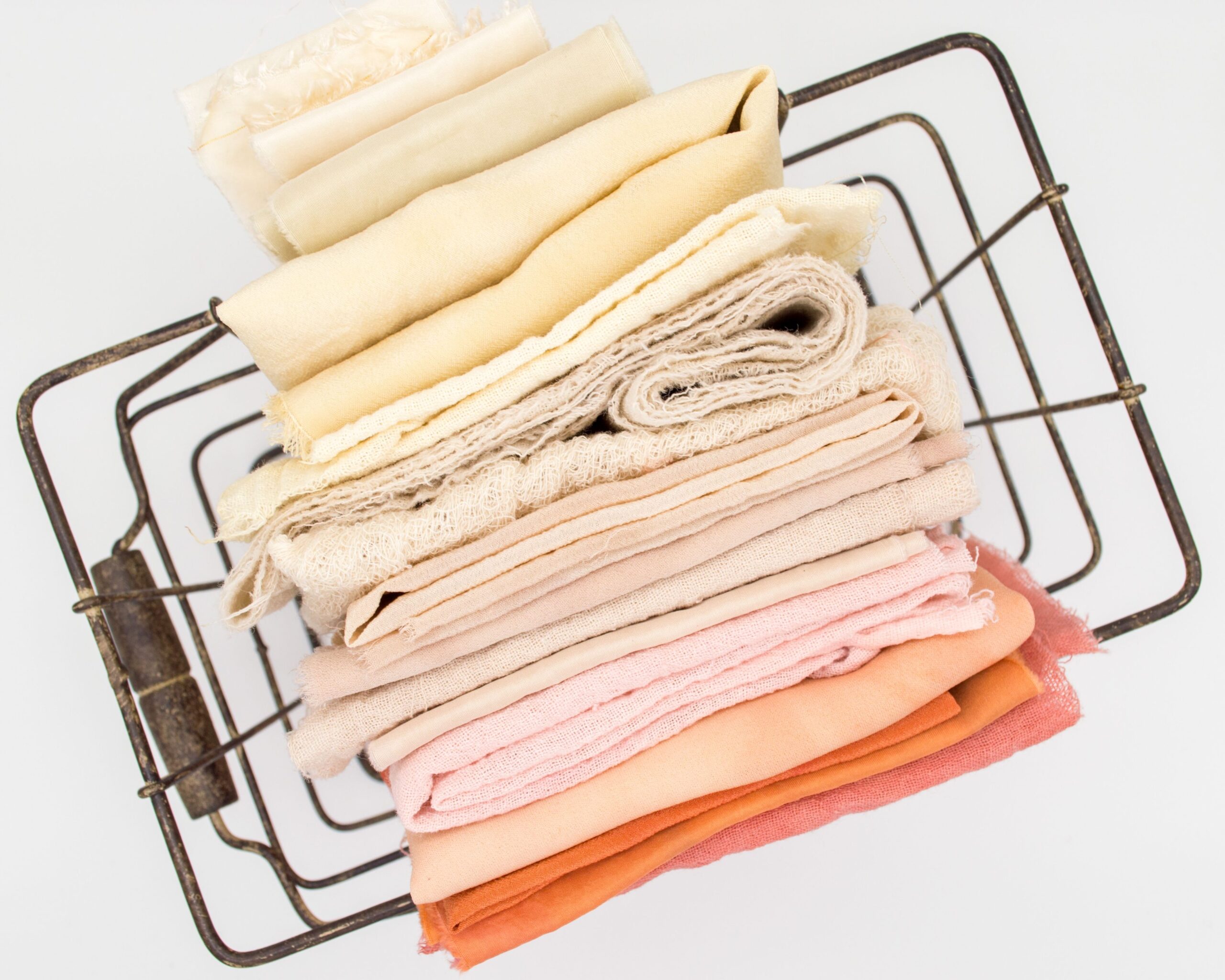The flax plant is utilized to make linen. It is well-known for its durable nature and strength, making it a versatile material. It is quite absorbent, capable of absorbing up to 20% of its mass. Linen is a purely natural fabric that dates back to the ancient eras of Mesopotamia, Greece, and Egypt. Russia is the world’s biggest manufacturer of linen fabric, whereas China is the largest producer in the world. You can get any kind of bedding that can be created or imprinted in linen, which is one of the most stylish and pleasant bedding and apparel fabrics. It is now often regarded as an opulent texture, because of its high production cost. If you’re wondering, “What is linen?”, well there’s a lot more to learn. Let’s talk about each phase of it.
Natural linen is the oldest material on the planet. Linen is a heavier, more crisp fabric. It is also costlier than cotton. All Linen and bedding enthusiasts will adore the Linen fabric, which is also one of the designers’ favorites.
What Should You Know About Flax?
Flax is a plant grown for its seeds as well as its fiber. It is grown as a food and fiber crop in colder areas. Although linen is produced in many areas throughout the globe, Western European Nations are known for creating the highest quality fabric. Although Western Europe and China produce maximum amounts, Russia is the largest grower. Poland, Switzerland, Denmark, Germany, Sweden, Austria, France, India, and a few other countries are among those waiting in line.
Linen in the Past:
Linen is perhaps the most common normal yarn that is used to interweave texture at any time. It is estimated that it was being used exactly 1000 years ago in human development. Cotton production turned out to be much cheaper and quicker with evolving technology, and cloth lost its renown a few decades ago. Evidence has been discovered indicating it was utilized 36000 years ago. Because it is a sturdy fabric, Egyptians were using it for burial. It was so valuable that Egypt used it as currency. Mesopotamia is a Western Asian region. It was utilized and manufactured in ancient Mesopotamia. Royal families made use of this. It takes a long time to extract it from flax fibers. Because it was exceedingly expensive, only the royals of Mesopotamia had utilized it. Belfast was once known for linen production, but large-scale production began during the Victorian era.
Advantages of Linen
Some of the most important and effective outcomes of employing linen bedding are that it makes your home more appealing and provides a large amount of refreshing ambiance. Let’s talk about the advantages of this cloth.
• It can be washed and dried in a machine.
• We may wash it by hand.
• Linen’s strongest feature is its strong flax fibers. We may employ strong fibers in a variety of textures because of their strength.
• Its beds and clothing are suitable for any weather conditions.
• Because of its high permeability, it can even be used in humid environments.
• It contracts, and the normal shrinkage percentage is 4-5 percent, although in the situation of “hot blow-dry,” the shrinkage percentage rises to 10-15 percent.
Nature of Linen
The inherent sheen of linen materials is revitalizing. Linen comes in a wide range of colors, including ivory, brown, and light grey, although white is the most common color, evoking a sense of luxury and majesty. It’s a completely biodegradable natural cloth. It is naturally resistant to moths and is suitable for allergy sufferers. Its sturdy fabric is used to make fashionable garments, bed linens, and bath linens. This explanation of what linen is will assist all users in determining what constitutes your linen ideal for home improvement.
The Texture of Linen
Quality texture may appear to be softer initially than cloth, although the material is known to soften over time without losing its toughness. Linen cloth is also a good cover that adapts to the seasons and allows for better air and moisture distribution. It’s also becoming spongier and eco-friendly, with excellent hypoallergenic characteristics that cotton lacks.
Although the cloth and linen are similar in appearance and feel, when it comes to the greatest quality for your bedding, stonewashed fabric sheet material comes out ahead. After 2-3 years of use, when cotton fades and passes away, cloth sheets begin to dazzle and leave their mark, lasting for the next couple of decades if properly cared for. We hope that this perplexing issue, what is Linen, is now clear and easy to understand.
What is the use of linen?
• Shirts, trousers, and blazers are examples of Gent’s attire.
• Dresses, skirts, and undergarments are examples of items worn by women.
• Clothes for the dining and the kitchenette.
• Items for the bathroom, such as a face towel, a bath sheet, a terry towel, and a bath towel.
• Sheet covers, bedding, swaddling blankets, pillowcases, and other bedroom accessories.
• Some painters utilize its sheets to paint on canvas.
• Uses in the production of money.
Must Read: How to Select Hair Towels to Enhance the Hair Growth?
Linen vs. Cotton: What’s the Difference?
The plants grown to manufacture textiles are the main distinction among both cotton and linen. Cotton is collected from cotton plants, while linen is taken through flax plants. Linen is over 8000 BC old, while cotton is around 6000 BC old, as per the various evidence found from the Indus Valley civilization, Swiss Lake Settlement, and Peru. Linen is costlier than cotton since it is thicker, sharper, and lasts longer.
Linen and Cotton have a lot in common.
• Both are made entirely of natural fibers.
• Moisture absorption is a property of both.
• Both the fabric linen and cotton are breathable materials.
• Both the fabrics are hypoallergenic by nature.
• Both fabrics are smooth and comfy.
The Manufacturing Process of Linen
• Growing: The environment plays a very important effect in this. The optimal climate for cultivating flax is chilly. Flax plants require rich, deep soil.
• Harvesting: It’s time to harvest if all you see are seed bolls rather than blossoms. Please ensure it’s not pouring on the day you’re harvesting, and pick a dry day.
• The collected bundles are then hung out to dry on the farm.
• Followed by the process of separating seeds from a plant which is known as rippling.
• Retting flax is the way of splitting the flax fibers from the inner layer and outermost shell of the flax stalks. There are two methods for doing so: naturally and chemically.
• Scutching refers to the process of trimming the woody section of the stalks.
• Heckling is the method of using heckling combs to separate short and long fibers.
• Spinning
• Printing/Bleaching/Finishing: This is the last phase, which involves coloring and printing.
Must Read: The Comfort and Magic of a Dohar Explained





